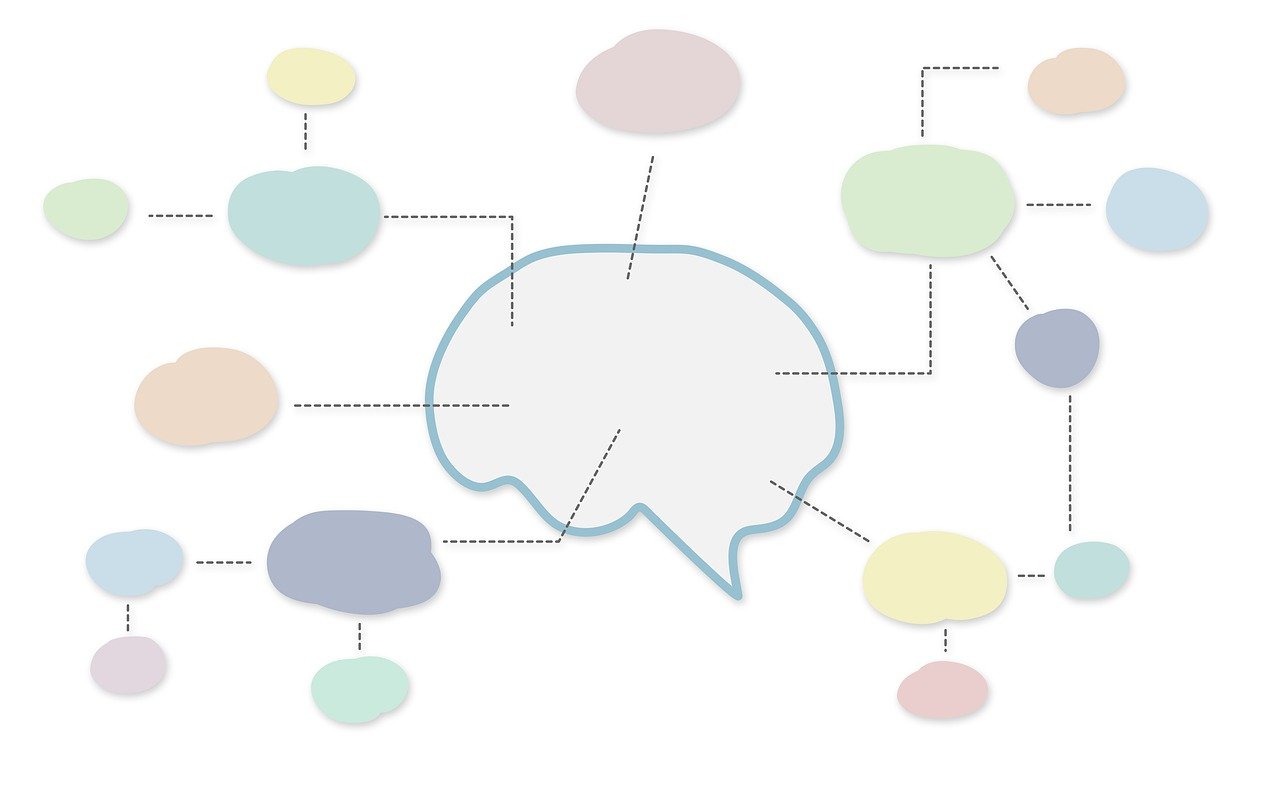Break these negative mindsets to unlock innovation through design thinking
This article is part 2 in a series designed to explore the design thinking process. Click the link here to read through Part 1: What is Design Thinking.
Here at InnovationTraining.org, we typically refer to design thinking as a three-stage process: having a challenge/problem, developing ideas, and taking action to put those ideas into the real world. In order to make your way through all three of these stages, you need what we call the right design thinking mindset.
Unfortunately, it is all too easy to get stuck in the wrong mindset and have the design thinking process as intended unravel in front of you. In order to benefit from the process, you need to get yourself out of these “negative” mindsets that destroy the creative and innovation process. In this article, we’ll discuss three of these mindsets and how to lose them for good.
Changeable Mindset #1: Student mode
It’s always great to be in “learning mode” but sometimes we need to advance from “student mode” into teaching or doing mode. The “student mode” mindset occurs in the first initial stage of hearing, listening, and learning. It’s not hard to see why people get stuck here – we spend a lot of our time growing up, after all, taking classes, studying and gaining knowledge. We often believe we need more knowledge before we can get started, so we take another class or apply for another program. We never advance to doing the real thing. We are stuck in student mode trying to know more.
But this endless hunger for feeling like you need to know more (student mode), can actually impair the innovation process because real learning often comes when you start doing. To break this bad mindset, you need to be able to identify when “enough is enough.” That means training your brain to recognize a pattern after enough research, observations, interviews, focus group sessions, etc. and stopping when you’ve gotten the insights you are looking for! Move on to the next stage to create, make, experiment, and take action.
Changeable Mindset #2: Fear of failure
During the second stage of the design thinking process (ideation), we see many people get stuck by their own fear of failure or insecurities. Far too often, we tell ourselves we lack the ability to innovation or think of new approaches, so we close ourselves off to being able to do it at all. This fear of failure is human nature and may prevent us from going after things we want in life. When it comes to design thinking, it can be deadly to the process.
The truth is, anyone can be creative and anyone can come up with good ideas. All you need is the courage to do so. In order to break this negative mindset, consider training your brain through exercises that push you to come up with as many ideas as possible. The key here is to approach it as if all ideas are good ones. Resist the urge to only write down your “best” thoughts. After all, an idea you may think is nonsensical could be combined with something else to lead to a big breakthrough!
Changeable Mindset #3: Perfectionist tendency
The last mindset that can destroy design thinking is a perfectionist tendency. This mindset holds you captive to the highest of high standards (often of which are simply unattainable). A person with this mindset will waste time overanalyzing and overthinking. As a result, they will often fail to deliver on their idea.
One of the most valuable lessons you can learn in life to overcome this mindset is the idea that it’s often better to take action on something good than it is to wait until you’ve created something out-of-this-world amazing. This is because it is impossible to know when – or if – that “amazing” day will come. Take a chance on your rough or “good” idea. It can always be polished and made better with time, other ideas, and some feedback. What’s most important is that you continue to take action and move forward.
What are helpful design thinking mindsets?
The right design thinking mindset, therefore, is about finding a structure that will help you take action and move through the key stages of hearing, creating, and delivering. A good design thinking mindset:
- Embraces failure
- Leads with empathy
- Uses experimentation to test ideas
- Trusts your instincts
- Embraces ambiguity
- Focuses on getting consistent feedback to constantly improve and refine
Conclusion
Wherever you are in your design thinking and innovation process, it’s important not to allow yourself to get trapped by negative mindsets that hold you hostage and prevent you from finding your next idea and taking action. For more advice, tips, training, and more, contact us online. Click to learn about our design thinking training or innovation workshops which can be done for groups and organizations.
